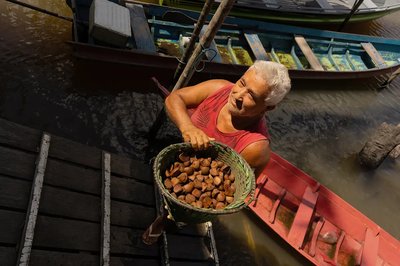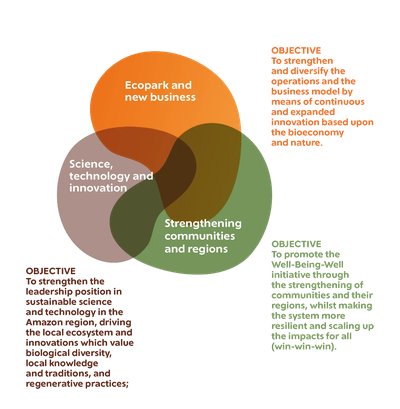
New Natura Amazon Program
Since 2011, we have been running the Natura Amazonia Program, which aims to transform social environmental challenges into opportunities for business and sustainable local development. The program combines initiatives focused on mitigating the effects of climate change and halting the loss of biodiversity, using science-based targets.
In 2024, we proposed that the program should evolve to position itself as a catalyst for an ecosystem of regenerative business and solutions, based upon innovation and traditional knowledge, that will allow diversification of the operations, increased impact, and the generation of wealth in the region.
Under this new configuration, the program is based upon three operational drivers for a regenerative transition:
- Science, Technology and Innovation
- Strengthening communities and regions
- Ecoparks and new business

